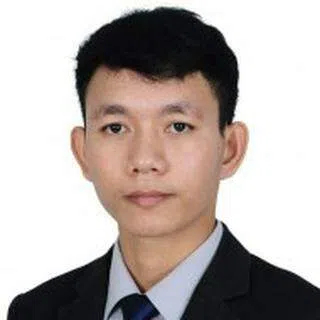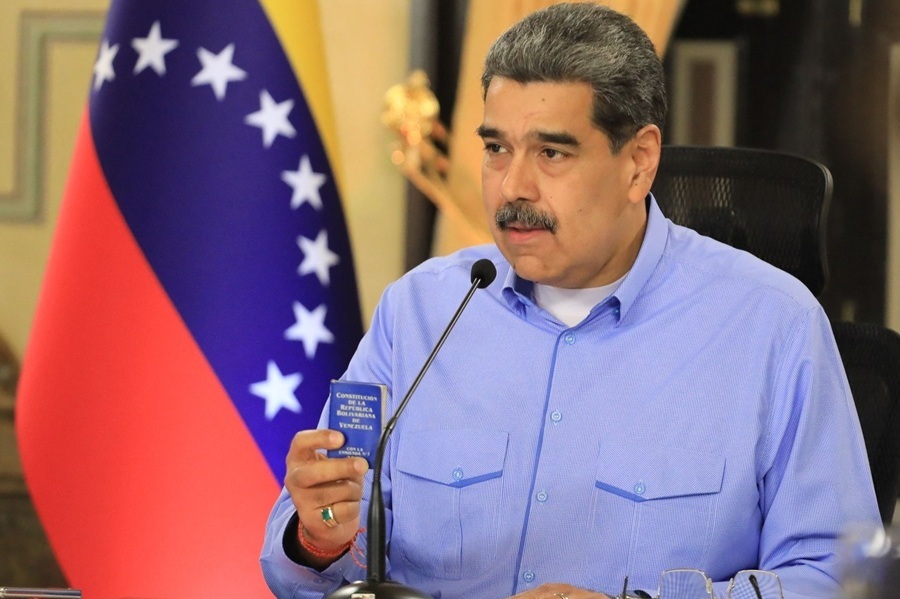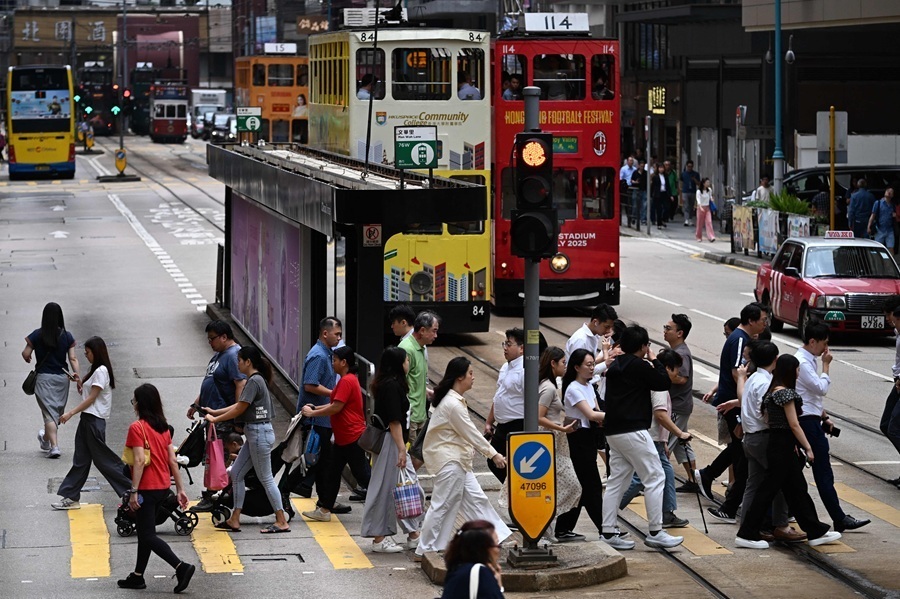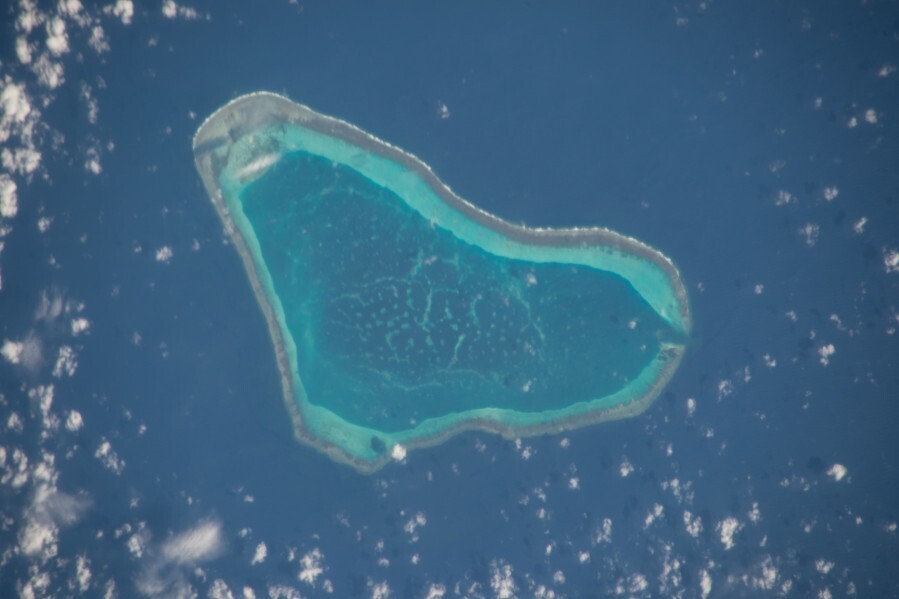Courting China, balancing Vietnam: Cambodia exits Development Triangle Area
Cambodia commentator Rim Sokvy says that with Cambodia’s withdrawal from the Cambodia-Laos-Vietnam Development Triangle Area making Vietnam uncomfortable, Cambodia may move even closer to China, seeking the latter’s security guarantee.
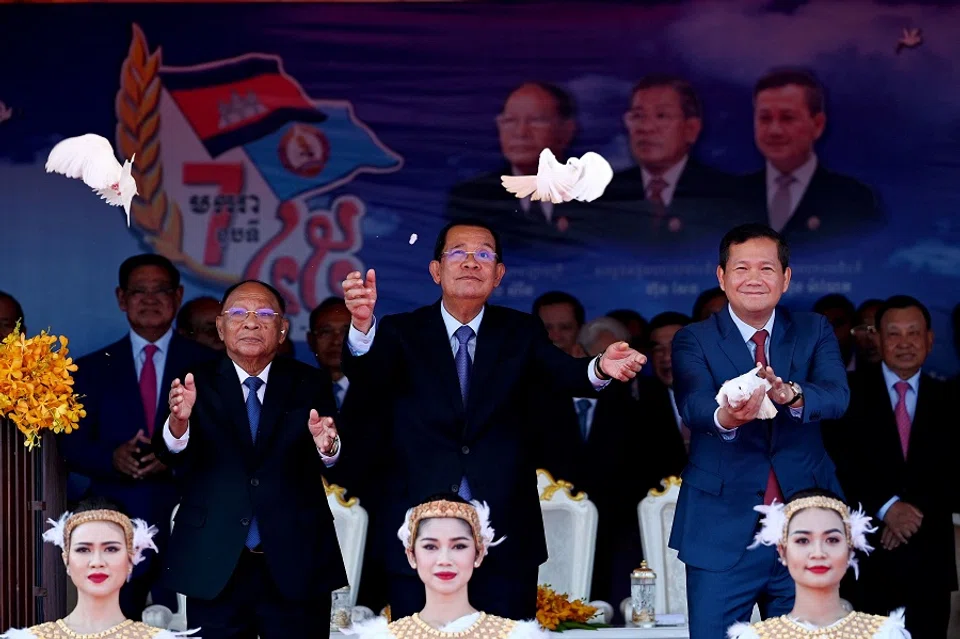
In 1999, Cambodia along with Vietnam and Laos established a joint sub-regional development area known as the Cambodia-Laos-Vietnam Development Triangle Area (CLV-DTA). The cooperation covers 13 provinces among the three countries and is focused on socioeconomic development, security and defence.
After Hun Manet was elected as Cambodian prime minister in August 2023, he seemed to express his commitment to the CLV-DTA. Even as Cambodia planned to host the CLV-DTA summit by late 2024, Hun Manet announced that agriculture officials would be deployed to Cambodia’s four eastern provinces included in the DTA, namely, Ratanakiri, Mondulkiri, Kratie and Stung Treng.
On 28 August 2024, Human Rights Watch released a statement saying that 94 people were arrested because of their protest against CLV-DTA.
Shifting allegiances
Reaction to the DTA spiralled on the internet. Many Cambodian people expressed their concerns that the project could be disadvantageous for Cambodia. While some said that Cambodian workers and investors could not compete against Vietnamese workers and investors, others were concerned that the joint development could increase Vietnamese settlement in the joint development and consequently, Cambodia could lose its four provinces. This perception has been reinforced by the increasing illegal Vietnamese migration to Cambodia.
In response, Senate president Hun Sen threatened to arrest people who were against the project. On 28 August 2024, Human Rights Watch released a statement saying that 94 people were arrested because of their protest against CLV-DTA. Some were under the charge of “plotting against the state”. The Cambodian government also launched a fundraising campaign to build infrastructure along the border with Vietnam. These actions could be seen as evidence of how hard the Cambodian government has tried to implement the CLV-DTA.
Very surprisingly, therefore, on 21 September 2024, the Cambodian government announced its withdrawal from the CLV-DTA. While raising that the joint development benefited Cambodia greatly, Hun Sen also reiterated that the opposition could use the project as pretext to cause social chaos.
Vietnam affected by Cambodia’s move
Vietnam is certainly unhappy with Cambodia’s decision to withdraw from CLV-DTA, though there seems to be no apparent reaction from the Vietnamese government. Vietnamese researcher Huynh Tam Sang from the Ho Chi Minh City University of Social Sciences and Humanities wrote that Cambodia’s withdrawal from the trilateral cooperation could affect the bilateral relations between Phnom Penh and Hanoi.
Cambodia’s future cooperation with Vietnam will be based on its self-interest rather than fear of its giant eastern neighbour.
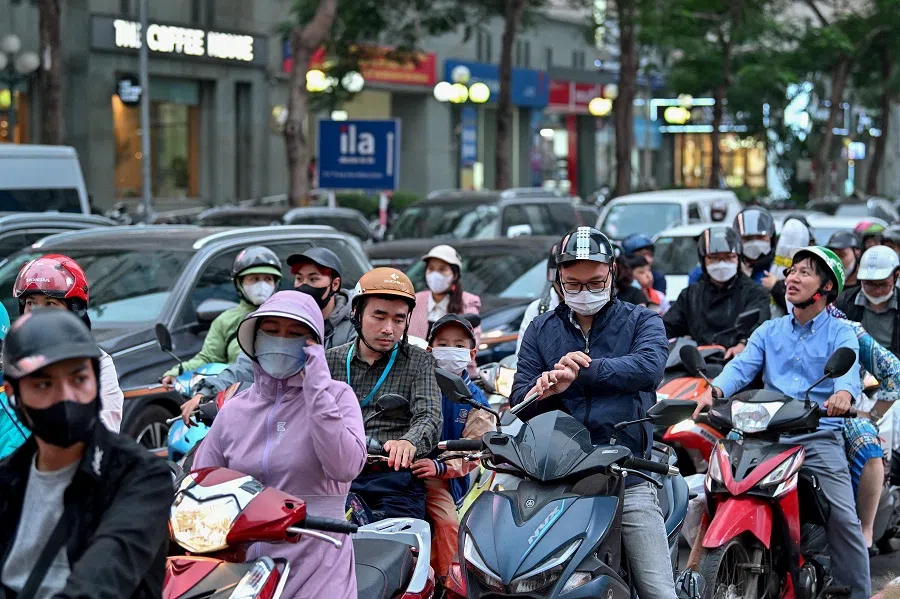
In fact, the CLV-DTA is very beneficial to Vietnam. On one hand, Vietnam aims to maintain its influence and enhance cooperation among the three countries via sub-regional infrastructure particularly on political consolidatory and security cooperation. The joint development area could help Vietnam to maintain its influence and cooperation among the three countries. As China’s presence in the region grows, CLV-DTA is becoming more important to Vietnam.
In addition, Vietnam also gained economic benefits from the CLV-DTA. Being the big brother among the three, Vietnam has more resources to invest in the DTA. For instance, since the inauguration of CLV-DTA, Vietnamese investors have invested in 110 projects worth US$3.7 billion. Joint development is making it easier for Vietnamese investors to invest in Cambodia and Laos.
With the construction of the Funan Techo Canal and the recent withdrawal from DTA, it is reasonable to surmise that Cambodia, under the Hun Manet administration, is trying to diminish Vietnamese influence on Cambodia. However, this does not suggest that Cambodia will adopt a hostile foreign policy toward Vietnam. Cambodia’s future cooperation with Vietnam will be based on its self-interest rather than fear of its giant eastern neighbour. The case can be exemplified by Cambodia’s decision to implement the construction of the Funan Techo Canal regardless of Vietnam’s concerns.
Seeking a security guarantee from China?
Vietnam is certainly unhappy with Cambodia’s abrupt decision to withdraw from the DTA, particularly at a time when there is an increasing Chinese influence in Cambodia. Cambodia’s withdrawal from DTA could give us a glimpse of what Cambodia’s foreign policy will look like in the near future.
Cambodia is likely to enhance its cooperation with China, particularly in defence and security. This move is crucial as Cambodia’s pursuit of strategic autonomy may lead to disagreements with Vietnam over ongoing issues such as Vietnamese immigration and the unresolved border demarcation.
If Cambodia-Vietnam relations continue to deteriorate in the coming year, Cambodia and China will intensively strengthen their military relations.
In light of the weakening of international law and Vietnam’s previous military actions against Cambodia, Cambodia is likely to seek a security guarantee from China. Although China has been criticised for coercive tactics, Cambodia has no territorial disputes or shared borders with China, making the partnership more viable.
Additionally, China has a vested interest in curbing Vietnam’s regional influence, as evidenced by its investments and development aid aimed at drawing Cambodia and Laos away from Vietnam. China’s commitment to restraining Vietnam was notably demonstrated when it intervened after Vietnam’s overthrow of the Khmer Rouge in 1979.
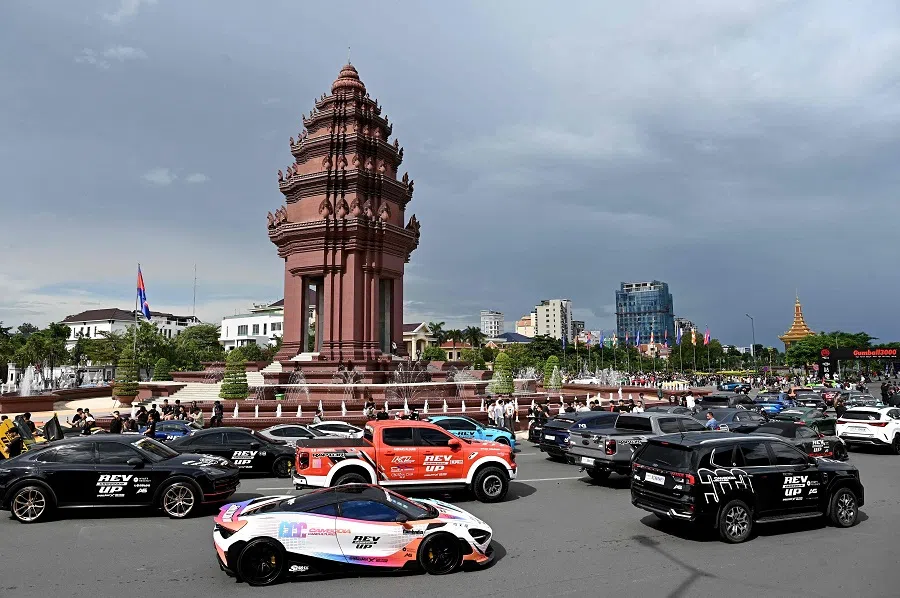
If Cambodia-Vietnam relations continue to deteriorate in the coming year, Cambodia and China will intensively strengthen their military relations. In fact, currently China is playing an important role in modernising Cambodian armed forces. This can be exemplified by the refurbishment of Ream Naval Base and the presence of Chinese warships in the base to help train Cambodian armed forces.
Cambodia will also try to strengthen its economic development by diversifying its economic relations with other middle and big powers such as Japan, South Korea and Western countries.
Turning to other ASEAN states
In addition to seeking security guarantees from big powers, Cambodia will try to enhance its strategic autonomy in the region by strengthening relations with other ASEAN member states. For Cambodia, the Association of Southeast Asian Nations (ASEAN) serves as an ideal platform to assert its voice and project soft power. This is exemplified by a recent Lowy Institute survey, which ranked Cambodia 14th in Asia for diplomatic performance, largely due to its active membership in ASEAN.
For instance, during its ASEAN Chairmanship in 2022, Cambodia played an important role in addressing regional issues such as the Myanmar crisis and Russia’s invasion of Ukraine — issues where Cambodia’s voice might not have been heard without its ASEAN membership. When Hun Manet became Cambodia’s prime minister, he signalled his intent to strengthen ties with ASEAN member states by visiting several countries in the region, including Laos, Malaysia, Singapore, and Thailand.
In addition, the current Cambodian government is also trying to diversify Cambodia’s trade relations with other major and middle powers. In his capacity as prime minister, Hun Manet visited Australia, China, France, Japan and South Korea, the countries that Cambodia has earmarked as potential economic partners. The visits aimed to attract more foreign investors to Cambodia.
Overall, as Cambodia tries to walk away from the shadow of its giant eastern neighbour, Cambodia will endeavuor to increase its military relations with China. Similarly, Cambodia will also try to strengthen its economic development by diversifying its economic relations with other middle and big powers such as Japan, South Korea and Western countries.
